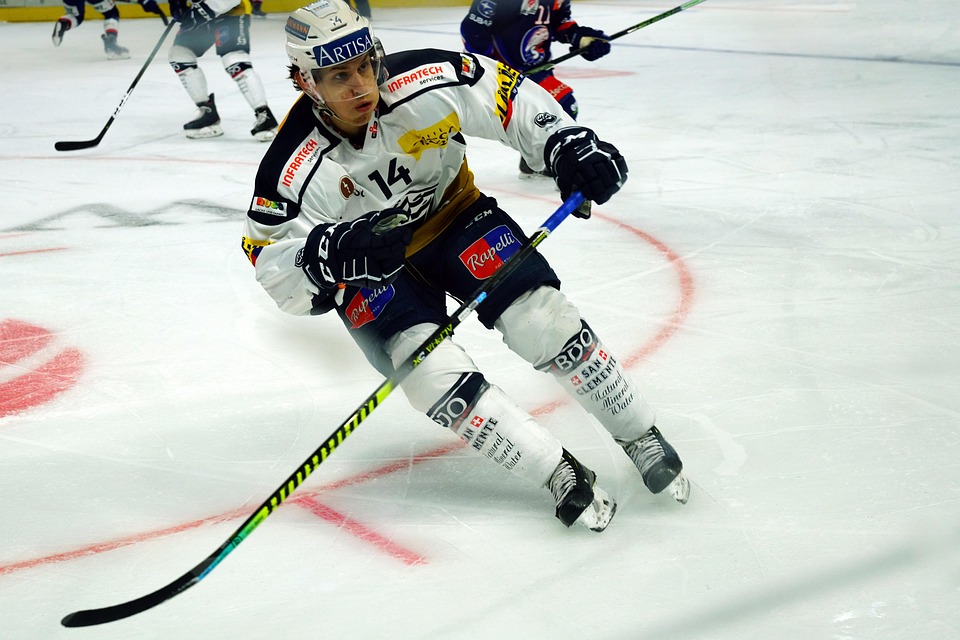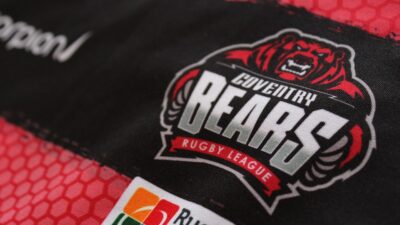Hockey, a fast-paced and exhilarating sport, encapsulates the thrill of competition on the ice. From the raucous energy of a packed arena to the quiet focus of practice, the game thrives on the delicate balance between risk and reward. Skaters glide effortlessly, displaying a combination of skill, speed, and strategy, but beneath the surface lies a constant dance with danger—skating on thin ice, both literally and metaphorically.
The Nature of Risk in Hockey
In hockey, risk is an inherent part of the game. Players routinely face a barrage of potential injuries, whether from body checks, collisions with the boards, or flying pucks. The physicality of the sport is well-known; thus, players must constantly weigh their actions’ potential consequences. A beautifully executed board check might result in gaining possession of the puck, but an ill-timed maneuver can lead to penalties or, worse, injury.
Coaches and players alike must understand the risk involved in every decision made on the ice. Strategies that involve aggressive forechecking can create turnovers and scoring opportunities, but they also leave a team’s defense exposed. The decision to pull a goalie for an extra skater during a desperate bid to tie a game epitomizes this risk-reward balance. It’s a gamble that could lead to an exhilarating equalizer or a quick empty-net goal for the opponent.
Calculated Risks: The Role of Strategy
Hockey is not merely a contact sport; it is a strategic battlefield. Coaches like to compare the rink to a chessboard, where each move could have lasting implications. This strategy requires a keen understanding of a player’s strengths and weaknesses and those of the opposing team. Players are trained to evaluate risks in real-time, whether deciding to shoot a low-percentage shot or pass to a teammate with a better scoring opportunity.
Advanced analytics have become integral to the modern game, helping teams assess risk in a more quantifiable manner. Metrics such as Corsi and Fenwick analyze the number of shot attempts directed at the net while accounting for various game situations. These metrics allow teams to optimize their lines and playing styles, encouraging a blend of aggressive play with defensive caution.
The Psychological Aspect of Risk
Beyond physical repercussions, risk in hockey is deeply psychological. Players often battle between the instinct to protect themselves and the drive to perform. A player returning from an injury may take fewer risks out of fear of re-injury, which can lead to underperformance. Conversely, raising the stakes can provoke a burst of adrenaline, leading to unexpected moments of brilliance.
Mental conditioning has become a vital component of training, with players relying on sports psychologists to enhance their ability to manage risk. Visualization techniques allow players to imagine successful scenarios, helping them to make split-second decisions under pressure. Such mental fortitude is essential for every athlete, as the stakes only rise in playoffs and championship games.
The Spectator’s Perspective
Fans witness the thrilling acts of audacity from the safety of the stands, relishing the nail-biting moments that come from high-risk plays. The cheers following a highlight-reel goal are often matched by gasps of concern after a hard check or a precarious fall. This dynamic creates a palpable tension that enhances the viewing experience. Fans appreciate the risk-taking nature of the sport, from daring breakaways to block-shot sacrifices that define team spirit.
The narrative surrounding risk also plays a crucial role in hockey culture. Legendary players like Bobby Orr and Wayne Gretzky are celebrated not only for their incredible skills but also for their willingness to take risks that changed the game. They redefined how the sport is played, pushing boundaries and inspiring new generations of players.
Conclusion: Embracing the Thin Ice
In the end, hockey is a sport defined by its intricate balance of risk and reward. Each decision, from the choice of strategy to split-second moves on the ice, reflects a broader understanding of what it means to compete at the highest level. While players skate on thin ice, the fear of failure is often overshadowed by the allure of triumph. Embracing this challenge is what transforms mere athletes into legends, and it is what makes hockey one of the most thrilling sports in the world.
So, the next time you lace up your skates or settle into your seat at a game, remember that every pass, shot, and body check is part of a larger gamble—a delicate interplay of risk and reward that keeps the heart of the sport beating strong.



